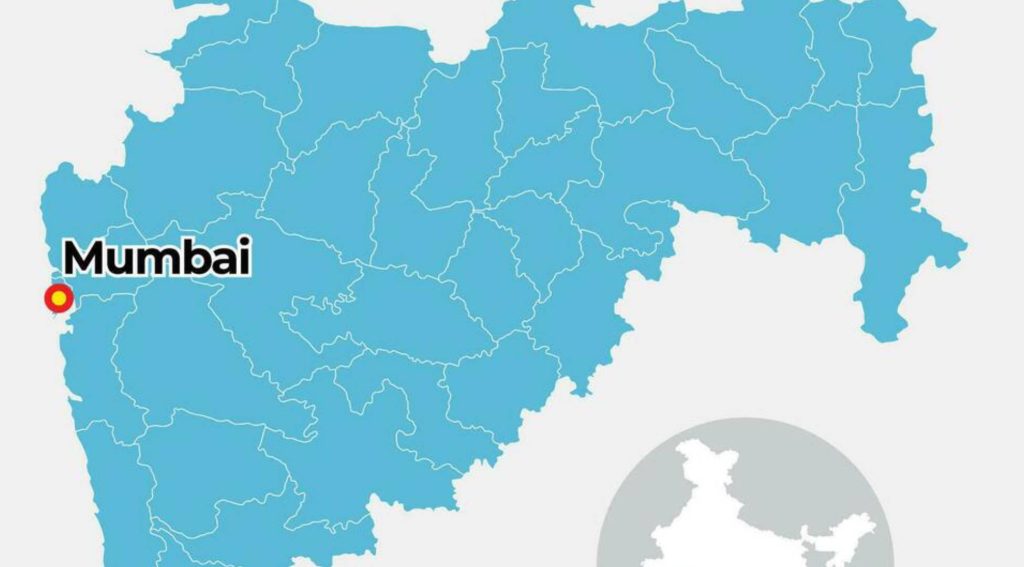Maharashtra is charting an ambitious course toward becoming a $5 trillion economy by 2047, with Chief Minister Devendra Fadnavis emphasizing a strategic roadmap deeply rooted in sustainable development and green initiatives.
Speaking at the tenth Niti Aayog meet, Fadnavis outlined a comprehensive three-phase plan, “Viksit Maharashtra 2047,” that aims to balance rapid economic growth with environmental stewardship.
Industrial roadmap:
Highlighting the state’s significant contribution to the national “Viksit Bharat 2047” vision, the CM stressed that Maharashtra is set to achieve a $1 trillion economy by 2030, with the Mumbai Metropolitan Region (MMR) alone projected to reach $1.5 trillion, underscoring the region’s immense potential for sustainable urban development.
The new industrial policy is a cornerstone of this vision, aiming to increase the manufacturing sector’s GDP contribution to 20% while fostering sustainable practices.
“MAITRI 2.0” will facilitate single-window clearances, particularly for sectors critical to a green economy, including electric vehicles (EVs), semiconductors, green hydrogen, and data centers, which are slated for fresh impetus. This push towards advanced, cleaner industries reflects Maharashtra’s commitment to diversified and environmentally conscious growth.
Fadnavis showcased Maharashtra’s strong track record in attracting investment, with Rs 1.39 lakh crore in FDI during the first three quarters of 2024-25.
This investment inflow is being strategically channeled into sustainable infrastructure projects like the Samruddhi Mahamarg, coastal road, Navi Mumbai Airport, and Metro railways—projects designed to enhance connectivity and reduce the carbon footprint of transportation.
The state has also committed to sourcing 52% of its energy from green sources by 2030, with 36,000 MW of green energy already secured through power purchase agreements. The “Saurgram Solar Village Scheme,” which has already transitioned 15 villages to complete solar power, exemplifies this dedication to rural sustainable energy access.
Beyond megaprojects, the Chief Minister underscored a commitment to developing two- and three-tier towns as sustainable economic hubs. For instance, Gadchiroli is envisioned as a steel hub, Nagpur a defense hub, Amravati a textile hub, Raigad a smart industrial city, and Chhatrapati Sambhajinagar an EV hub.
This decentralized growth strategy aims to ensure equitable development across the state while incorporating green planning principles.
The Maharashtra government’s holistic approach, from good governance and streamlined administration to a focus on green industrial policy and sustainable urban planning, positions the state as a leading example of how economic prosperity can be pursued hand-in-hand with environmental responsibility on the path to a developed India by 2047.
The EV roadmap:
In yet another major development, Maharashtra has unveiled its ambitious Electric Vehicle (EV) Policy 2025, a visionary roadmap designed to position the state as a national leader in electric mobility and sustainable transportation over the next five years.
Effective April 1, 2025, the policy aims to achieve a substantial 30% EV penetration in the state by 2030, signaling a strong commitment to combating climate change and urban pollution.
The comprehensive policy, approved by the Environment and Climate Change Department, replaces the previous 2021 iteration and outlines aggressive adoption targets across various vehicle segments.
These include 40% for two-wheelers, 30-40% for three-wheelers, 30% for four-wheelers, 40% for electric buses, 20-25% for goods carriers, and 10% for agricultural EVs by 2030.
The Transport Department has been designated as the nodal authority for its implementation, ensuring a streamlined approach to accelerating EV adoption, enhancing charging infrastructure, and bolstering local manufacturing.
A key focus of the policy is the expansion of robust and accessible EV charging infrastructure. It mandates that all new residential buildings must ensure 100% of parking spaces are EV charging-ready, complete with necessary pre-wiring.
New commercial buildings are required to allocate at least 50% of their total parking spaces for EV charging, while existing commercial buildings with shared parking must have 20% operational EV charging stations. Furthermore, every new residential building must provide at least one dedicated community EV charging point.
To facilitate seamless long-distance travel, the policy mandates that EV charging facilities be installed at 25-kilometer intervals along state and national highways. Existing and new fuel stations on these highways must also have at least one fast-charging station where technically feasible.
In a significant move, all Maharashtra State Road Transport Corporation (MSRTC) bus stations and stops will also be equipped with fast-charging stations. The state plans to implement a Viability Gap Funding (VGF) framework to support the installation of DC fast-charging stations on highways.
Beyond infrastructure, the policy offers a robust suite of incentives to spur EV adoption. These include significant purchase incentives: up to Rs 10,000 for electric two-wheelers, Rs 30,000 for electric three-wheelers, Rs 150,000 for non-transport electric four-wheelers, and Rs 200,000 for transport electric four-wheelers.
Electric goods carriers, buses, heavy goods carriers, and agricultural tractors also receive substantial incentives. All electric vehicles registered in Maharashtra during the policy period will benefit from a complete exemption from motor vehicle tax.
In a pioneering move to promote sustainable transport corridors, the policy grants a 100% toll exemption for passenger electric vehicles on the Mumbai–Pune Expressway, Samruddhi Mahamarg, and Atal Setu. Further phased toll waivers on other state highways will be decided by a steering committee.
This initiative is designed to support the development of a “Sustainable Transport Corridor” between Mumbai and Pune and Mumbai and Nagpur, also aligning with the National Green Hydrogen Mission’s focus on deploying hydrogen-powered vehicles on routes like the Pune–Mumbai Expressway.
The policy also emphasizes the electrification of public and government fleets. By 2030, all new government vehicles used for intra-city travel must be electric, and 50% of specific city utility vehicles in major urban centers are slated for transition to EVs. Fleet operators and aggregators are also mandated to ensure 50% of their fleets are electric by 2030.
Beyond direct incentives, the policy prioritizes local manufacturing, battery reuse and recycling, and circular economy practices. It aims to foster innovation and skill development through investments in research and development (R&D) and talent training to build a skilled EV workforce.
From an environmental standpoint, the policy is projected to deliver significant benefits, including a reduction of 325 tons in particulate matter (PM 2.5) emissions and approximately 1 million tons in greenhouse gas (GHG) emissions from the transport sector by 2030.













